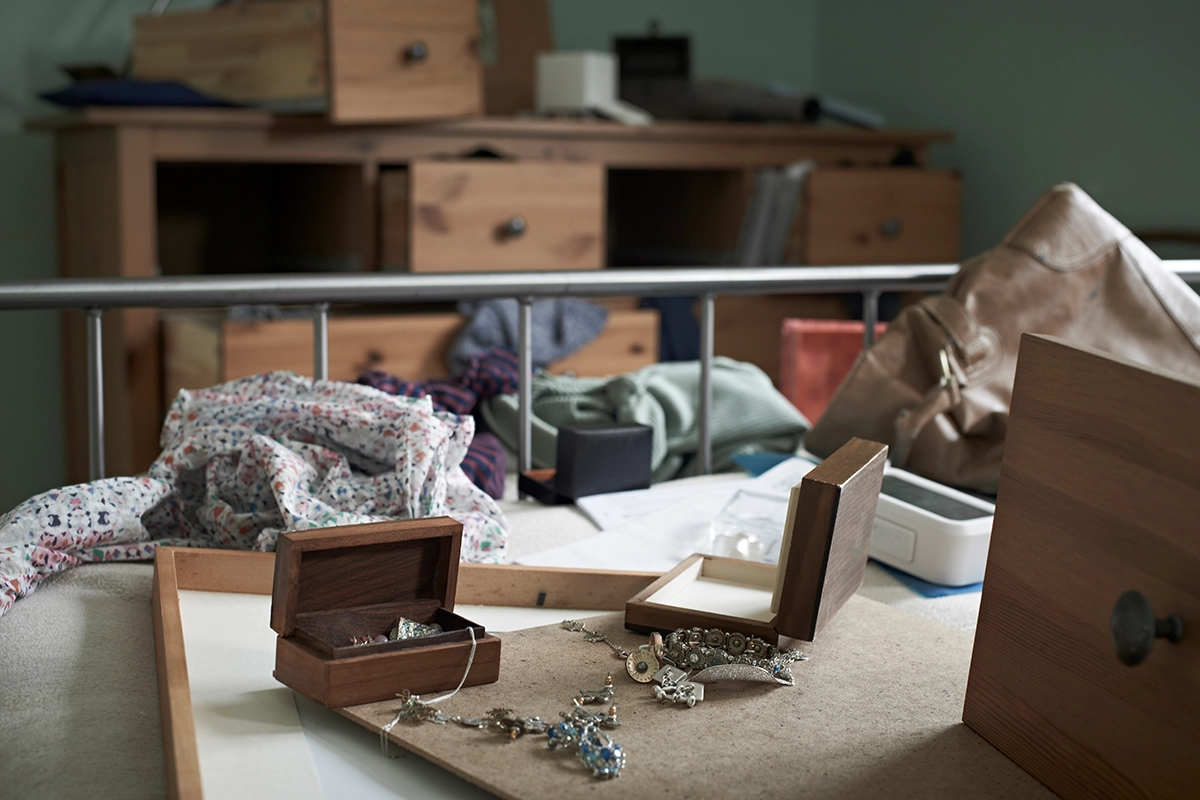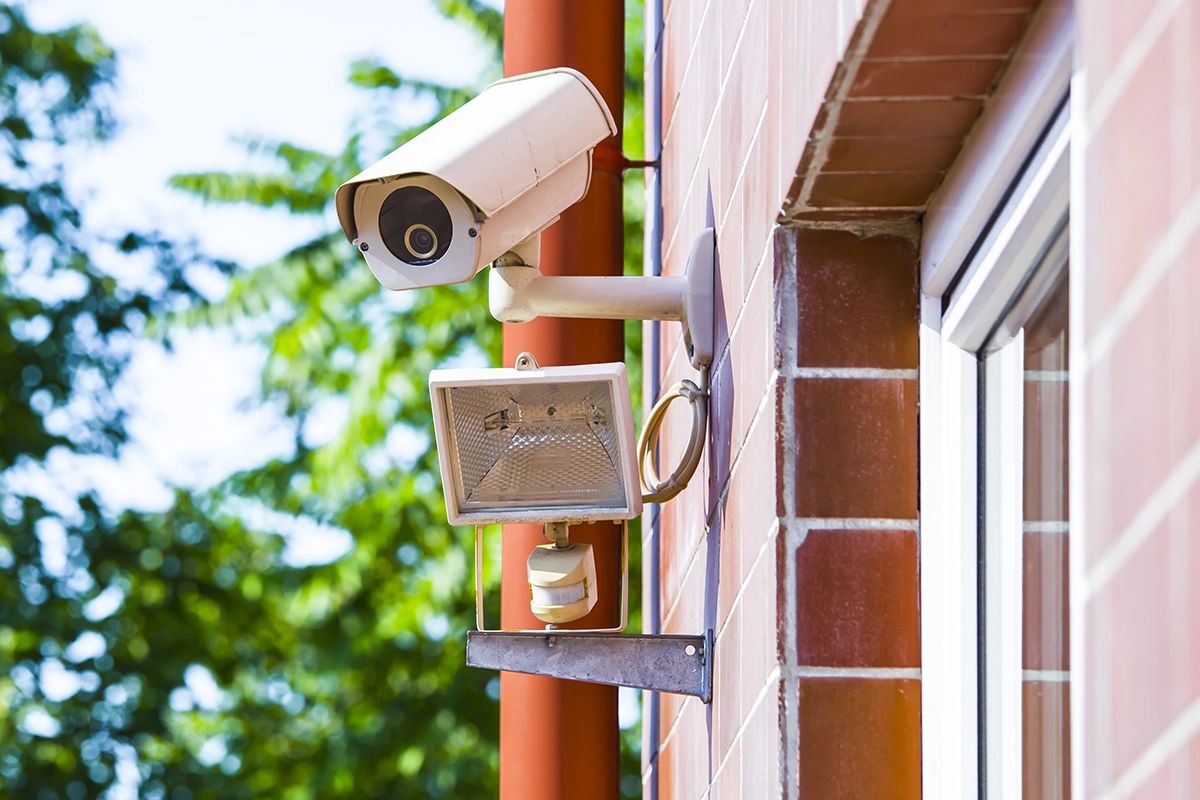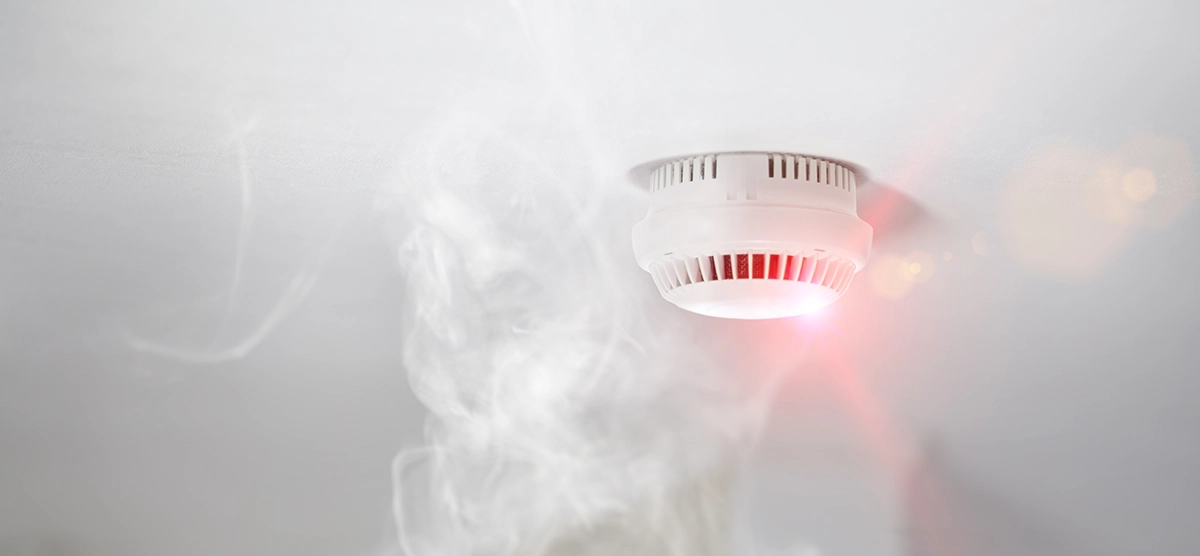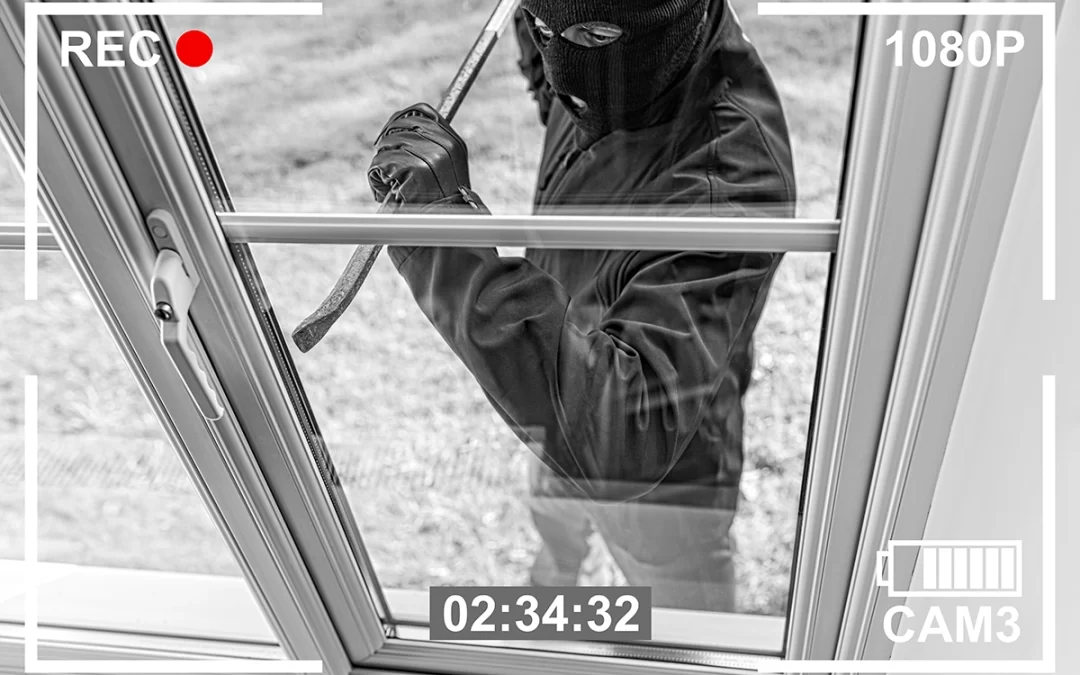How to Make Your Home Safer
How secure is your home from break-ins? Find out what action you can take to make your home safer and reduce the risk of burglary.
Although burglary rates have fallen steadily over the past decade, becoming victim is traumatic, disruptive and also generally expensive to rectify.
The good news is that there’s a range of ways to make your home safer, by considering each possible entry point to your home, such as doors and windows, to see how they could be improved.
If you’d like to get a burglar alarm, take a look our burglar alarm reviews and advice on buying the best burglar alarm for your home.
How good is your home security?
As well as opportunistic burglaries, some burglars scope out a property beforehand, sometimes working with other criminals.
It’s therefore important to think about measures to ensure your home looks occupied at all times, that there aren’t any clear places where a potential burglar could hide to assess the house.
Also, don’t make it obvious that you are away on holiday. Consider using lights on timers or getting a friend or neighbour to occasionally pop around to check on your home. Also, avoid mentioning about going away on any public-facing social media accounts as you never know who is browsing your profile.
In addition, ask yourself:
- Are windows and doors left open, even if they’re not easily accessible?
- Do your windows and doors have visible locks?
- Is there a spare key that’s easily visible, or easy to find, such as underneath a plant pot or above the ledge on the door?
- Do you have high walls and hedges, which could give burglars protection from being seen?
- Is accessing your house noisy for a burglar? For example, is there gravel around the property?
- Are there any ladders lying around that a burglar could use?
- How secure is the shed or garage? Is it always kept locked with high-quality padlocks and security locks?
How does a burglar scope a house?
We’ve surveyed ex-burglars and spoke to security experts to discover exactly what really puts them off, including everything from dogs to different alarm brands.
Burglars look for the weakness in your security, and this starts with the front of your house. A potential burglar will look for signs that you aren’t security conscious: doors with a single cylinder or Yale lock, or a lack of window locks.
They also look out for tell-tale mistakes, such as keys left in a back door or window locks with the keys still inside.
A burglar will look for tools, such as ladders, that have been left lying around. They will also check if sheds or outbuildings are properly secured.
The ex-burglars we surveyed told us that they were most likely to target detached houses. According to our interviewees, this is likely to be due to ease of access.

Terraced houses are trickier. There are potentially more people about, plus it’s hard to make a quick escape out the back if the burglar has to navigate lots of fences.
They’ll also consider whether or not their access route is overlooked. One told us that they would look for high hedges and anything else that would protect them from a neighbour’s line of sight.
Once a burglar has chosen a property to target, they will often scope it out. More professional burglars will do this for two or three days, according to the ex-burglars we spoke to.
This could mean going through your rubbish for a name on your mail, and then searching online to find a landline phone number and calling to see whether you’re in. They might also now check your social media or online presence.
Opportunists, on the other hand, can visit a promising neighbourhood and break in the same day. One told us: ‘You can just knock, then pretend you’re from an energy company if someone is there.’
What puts burglars off
In our survey, we asked what puts burglars off. The top five things were:
- 71% having a burglar alarm system
- 71% having a dog in the home
- 52% people in the property
- 46% CCTV
- 21% outdoor/sensor lights
There are various ways to protect your home. Here are our top tips, some of which cost little or nothing:
Visible burglar alarm
If you have a burglar alarm system, make sure the external sounder or ‘bell box’ is clearly visible on your property to let potential burglars know you have an alarm.
Get advice on which type of alarm to buy in How to buy the best burglar alarm guide. Or see fully tested ‘bells-only’ and smart security alarms in our reviews.
Visit our page on burglar alarm and installation costs for more advice on the types of alarms and prices, what to avoid if you’re thinking of getting one, and how you could save as much as nearly £400 on your burglar alarm cost.
If you can’t afford to get a full alarm system fitted, you can also get fake burglar alarm boxes, which cost around £15 to £20, instead.
Door security
When fitting a lock to a window or door, use the strongest screws you can, not necessarily the ones supplied, and make sure they are all to British Standard BS7950.
Retrofitting UPVC and PVCU doors or windows with locks could weaken them or invalidate warranties. Sufficient locks fitted at the time of construction are safer.
If you want to change the locks on your current doors, you can find a recommended local locksmith by using our Which? Trusted Traders service. Any trader who displays our logo has been through our rigorous checks.
In addition, follow the below advice:
- Ensure the door frames and doors are solid. Your external doors should be at least 4.4cm thick and hung with 10cm hinges.
- Doors should ideally be fitted with a five-lever mortise deadlock tested to BS 3621.
- Wooden doors can be made stronger with steel strips fitted to the frame and around the lock.
- Doors with glass panels are less secure, but can be fitted with laminated glass or plastic glazing film for extra protection.
- If you’re getting new doors, get door sets (the door itself, frame and locks) that are Pas 24 certified.
- Fit a chain or a latch to the door, and opt for a viewer so you can check who’s there before letting them in.
- Letter boxes should be fitted 40cm from the door lock, and valuables and keys shouldn’t be within sight of it – an internal cover plate will offer extra protection.
Window security
- Don’t leave windows open or unlocked anywhere in the house.
- Easily accessible windows should ideally be fitted with double glazing.
- Laminated glass or plastic glazing film is harder to break, so consider this for easily accessible windows.
- New windows should be in line with the British Standard 7950 or PAS 24.
- Ideally get locks that secure the window to the frame, rather than ones that just secure the handle.

Security lighting
Outdoor lights, either ones that you switch on manually or those that are set off by movement, are a good way to ensure a burglar is more visible, which will help to put them off. Generally, a single light can cost anything between £8 and £100. But take care to direct these downwards so as not to annoy neighbours, and make sure they won’t shine into drivers’ eyes if your home is near a road.
For indoor lighting, the key thing is to make sure that a burglar thinks people are in the house, even when they’re not. Timers that can turn lights on and off around the home, as well as TVs and/or radios, cost as little as £5. Just make sure these are in sync around your home, such as turning the light off five minutes after the TV goes off.
CCTV and wireless home security cameras
CCTV or wireless security cameras (either indoors or outside) can be an extra security measure to put burglars off.
We’ve tested a huge range of wireless security cameras, including models for both the outside to protect a driveway or back entrance, and indoor cameras to alert you if some does get inside.
Head over to our wireless security camera reviews for all tested models, or read our guide to find out more about home CCTV.
Another product to consider is a smart doorbell, as they can act as a digital guard for your front door, checking for suspicious characters while also alerting you to legitimate visitors. See fully tested models in our smart doorbell reviews.
Burglar-proof your garden
<ul.
- Gravel around your home is a great deterrent, as it makes it harder for burglars to approach without alerting the occupant.
- Make sure hedges are trimmed back so your property is not hidden from view.
- Do some defensive gardening – plant shrubs with thorns at the borders of your home so burglars aren’t able to hide in them.
- Put in strong gates or fences to any part of your garden accessible from outside, ideally 2 metres high and with 30-45cm of open-ended trellising at the top – if they jump the fence and break this, it will be heard.
- If you’ve bought new valuable items, don’t leave the packaging out with your recycling for an extended period of time, as it can be a clue as to the value of your possessions.
- Use padlocks on shed doors, and consider fitting them with a small, battery-powered alarm, which can cost as little as £15.

Smoke alarms and carbon dioxide monitors
As well as all the above security measures, consider installing a smoke alarm and carbon monoxide monitor, too, to protect yourself from other hazards. You can buy these on their own, or as part of a package with some burglar alarms.
It’s also worth remembering that while you want to make your home as secure as possible, you need to make sure this won’t stop you from being able to escape – or be rescued – in an emergency such as a fire.
Other things to consider

Identity theft
Identity theft is a booming business, so keep all your personal information out of sight.
Don’t leave letters or bills with lots of personal information just lying about. And keep important documents, such as passports, hidden away as much as possible.
As well as information inside your home, also think about your online presence, including social media accounts. Don’t make it easy for criminals to steal your data.
Home insurance and home security
Most insurers will insist on a minimum level of security before they will offer you insurance, such as deadlocks on some or all external doors. These locks will usually need to be five-lever mortise locks and have to meet a minimum standard – usually BS3621.
You will probably find that your insurer expects you to have locks on all your accessible windows as well, although some insurers don’t make this a requirement. So putting locks on all your basement and ground-floor windows, plus any that may be accessible by climbing a drainpipe or wall, will increase the number of companies likely to cover you.
The original version of this article was published in www.which.co.uk.
For more information on Safe Deposit Boxes and a Safe Deposit Box near me contact Soteria Safes.


Recent Comments